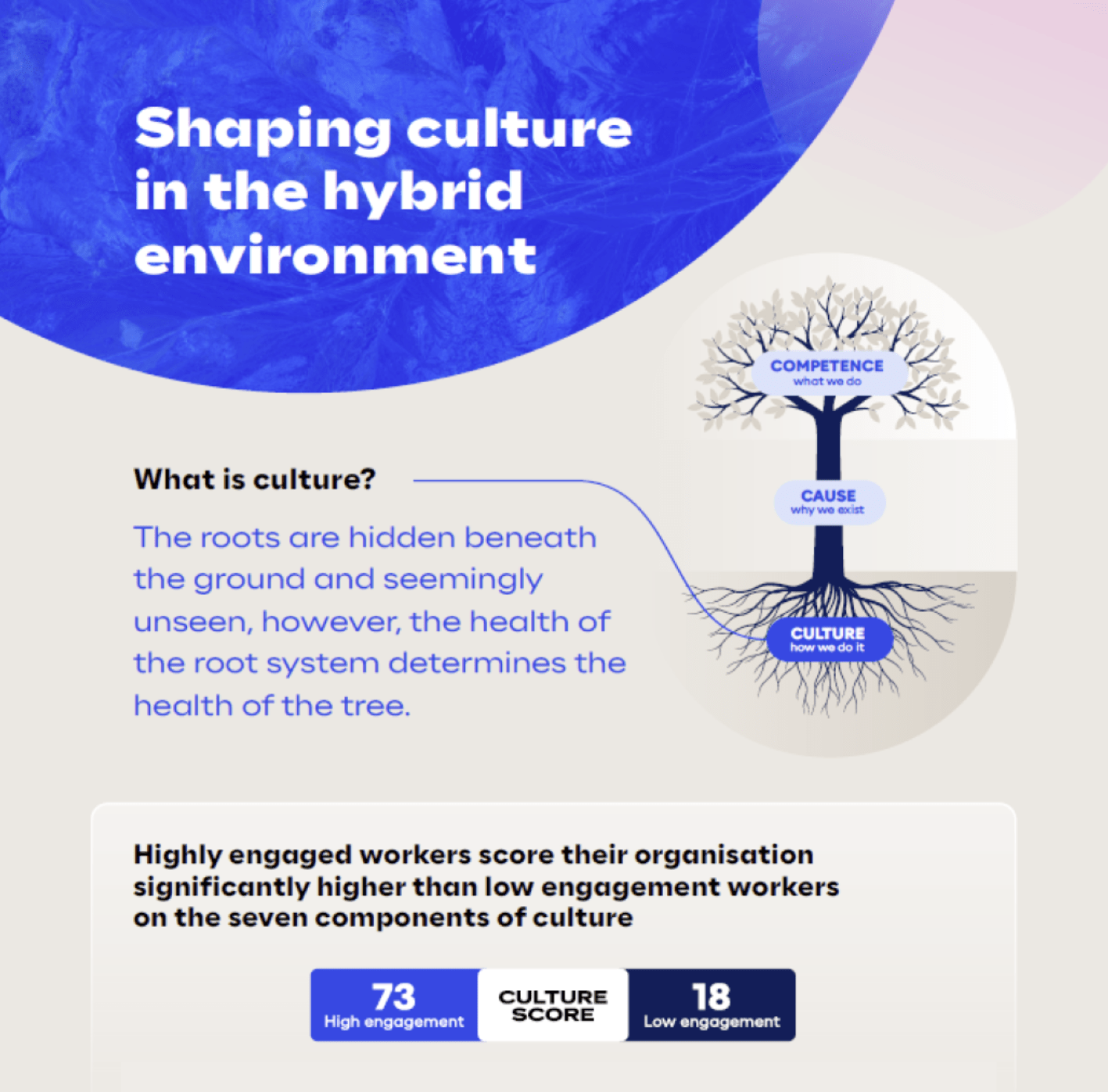By: Mark McCrindle
In today’s competitive job market, attracting and retaining top talent has become a critical challenge for organisations.
As businesses strive to build a talented and committed workforce, understanding the unique motivators of employees is key. Here are 8 strategies that go beyond the conventional one-size-fits-all approach.
1. Understanding unique motivators
One of the foundational elements of successful talent management is recognising that each employee is driven by different motivators. Customising approaches to suit individual preferences and aspirations is important. By checking in regularly, as well as conducting regular assessments or surveys, employers can gain insights into what motivates their employees on a personal level.
2. Investing in workplace culture
A positive and inclusive workplace culture is a powerful magnet for talent. Companies that prioritise creating a supportive environment foster employee satisfaction and loyalty. The significance of investing in initiatives that promote collaboration, diversity, and a sense of belonging should not be underestimated.
3. Communicating purpose
Employees are more likely to stay with an organisation that aligns with their values and provides a sense of purpose. Clearly communicating the company’s mission, vision, and values helps employees connect with the broader goals, creating a deeper sense of meaning in their work.
4. Celebrating impacts
Recognising and celebrating the impact of employees’ contributions is essential for building morale and job satisfaction. According to McCrindle’s Shaping Thriving Culture report, the number one motivator among employees is to see the positive impact of their work. Regularly acknowledging achievements, both big and small, reinforces a positive work environment and motivates employees to continue excelling in their roles.
5. Avoiding a one-size-fits-all approach
Recognising the diversity among employees and avoiding a generic approach is vital. Tailoring benefits, career paths, and recognition programs to meet individual needs demonstrates a commitment to the wellbeing and professional growth of each team member.
6. Providing job variety
Monotony can lead to dissatisfaction and burnout. Offering job variety and opportunities for skill development keeps employees engaged and invested in their roles. This can include cross-training, project rotations, or flexible work arrangements.
7. Investing in training
Continuous learning and development opportunities are crucial for attracting and retaining top talent. Employees value organisations that invest in their professional growth. The Shaping Thriving Culture report highlights the correlation between training programs and employee satisfaction and loyalty.
8. Understanding generational differences
The workforce is diverse, comprising individuals from different generations, each with unique motivators and career expectations. Generational insights and trends can guide organisations in tailoring their approaches to attract and retain talent across different age groups.
Attracting and retaining top talent requires a multifaceted approach that addresses the unique needs and motivations of employees. By understanding individual drivers, fostering a positive culture, and investing in continuous improvement, organisations can position themselves as employers of choice in a competitive landscape.
Shaping thriving culture infographic
Get the key insights and stats on how leaders can shape thriving cultures in decentralised environments in this handy infographic.
Article supplied with thanks to McCrindle.
About the Author: McCrindle are a team of researchers and communications specialists who discover insights, and tell the story of Australians – what we do, and who we are.
Feature image by Annie Spratt, Unsplash

